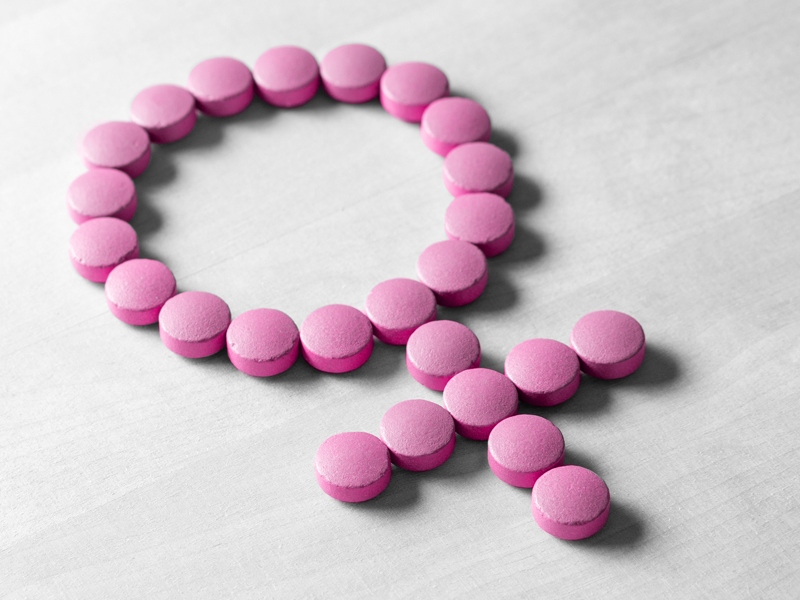Drugs used for in vitro fertilization (IVF)

What are IVF drugs for?
After the couple decided on IVF, went through all the doctors’ consultations and passed the tests, a number of drugs increasing the chances of success for the entire program are prescribed to the woman.
There are several stages of IVF and each of them presupposes the use of certain drugs.
Let’s analyze 4 stages:
- Ovulation cycle control
- Controlled ovarian stimulation
- Follicle puncture
- Luteal phase support
A group of eggs begins to mature at the beginning of the menstrual cycle if it is normal. The place where they mature is filled with fluid and is called the follicular cohort. Normally, a woman’s body makes it possible only one follicle to fully mature, the others disappear. But successful IVF requires several full-fledged eggs, so the doctor prescribes a number of drugs in order to deceive the ovary and make the entire cohort mature.
You must strictly follow the doctor’s prescriptions, since he chooses the drug and dose strictly for each stage based on the selected procedure protocol and the individual characteristics of the woman. It is also possible to adjust the doses during the program after ultrasound monitoring.
Types of drugs used in IVF
There are several hormonal medications that are used to stimulate the ovaries under the supervision the a doctor. They can all be divided into three groups: GnRH analogues, gonadotropins, and progesterone and estradiol preparations.
Each drug is used in a specific cycle of the procedure. And now we will tell you about these groups.
Analogs of GnRH
GnRh (gonadotropin releasing hormone) is a hormone that is synthesized by a woman’s body in the hypothalamus. It is responsible for the formation and release of gonadotropin. Thus, this hormone affects the menstrual cycle in general.
GnRh analogs are divided into 2 groups, depending on their effect on the time of release of gonadotropin.
GnRh agonists
Antagonists of GnRh
Gonadotropins
Gonadotropins are hormones that are produced in the anterior pituitary gland and regulate the functioning of the gonads and the ovarian-menstrual cycle.
They are of two types:
- Follicle stimulating hormone (FSH), it influences on the development of the follicle in the ovary.
- Luteinizing (LH), it activates the production of estrogen and begins the ovulation process.
- Chorionic gonadotropin (HCG), a hormone that is produced after implantation of the ovum. It is a hormonal marker in the diagnosis of pregnancy.
Accordingly, to their classification, gonadotropic drugs are divided into three types:
- Preparations with FSH. They are used to stimulate follicular growth, in which multiple eggs in the ovaries begin to mature at once.
- LH drugs. They are supplemented with FSH, in order to create conditions for a normal menstrual cycle.
- Preparations with hCG. It is used 32-36 hours before follicle puncture. The function of this hormone is to ensure the final maturation of the oocytes. It directly triggers the ovulation process. By about 36 hours, a follicle puncture is needed to collect the matured eggs before they enter the fallopian tubes.
In order for the stimulation of ovulation to be successful, and the doctor retrieves eggs which are ready for fertilization, the woman must strictly adhere to the drug intake and inject on time. It often happens that full-fledged eggs are lost due to a violation of the regime and as a result, it is necessary to stimulate again and wait more time.
After the controlled stimulation of the ovaries has passed, the follicle is punctured, the eggs are retrieved. They are fertilized outside the woman’s body. At this time, you need to prepare the endometrium of the uterus, so that it is ready to implant a fertilized egg and maintain pregnancy until delivery.
Hormonal preparations of progesterone and estradiol are used to prepare the endometrium. Let’s talk a bit more about these medications as they play an important role in the IVF procedure.
Normally, these hormones are produced by the so-called corpus luteum, which is formed instead of the opened follicle. If pregnancy occurs, it produces progesterone for 10-11 weeks in order to block the maturation and release of eggs, and menstruation as well.
- Estradiol preparations. Its main function is to stimulate the growth of the endometrium of the uterus, so that its thickness gradually increases. The thickness of the endometrium plays a very important role for the implantation of embryos.
- Progesterone preparations. It is responsible for ensuring that the endometrial cells mature, and it can accept ready-made embryos. It prepares cells for embryo implantation and prevents miscarriages.
How can we inject hormonal drugs?
Each drug has its own mechanism of action, dose and indications. But the method of the injection of a particular drug is not less important. They may differ depending on the pharmaceutical company. Now more and more companies are trying to make the most ideal drug that can be easily, painlessly and conveniently injected to a woman by herself.
So let’s take a look at what groups exist:
- Analogs of GnRh. There are two methods of injection: by injection with a syringe and a more convenient nasal inhaler. The second method can be used to inject GnRh agonists.
- Gonadotropins. All of them are injected only by the subcutaneous method and are sold with a ready-made dosage in a syringe with a small needle.
- Estradiols. It can be taken in tablets, simply washed down with water or with the help of transdermal patches, which are glued to the skin and the hormone enters the body through the skin during some time.
- Progesterones. The most common method of injection is with vaginal suppositories. Although there are tablets, gel and injectables.
Usually the first injection takes place in the doctor’s office, where he tells how and what to do. This is done in order to eliminate mistakes at home. And then the woman continues to take on her own strictly adhering to the appointment sheet.


